BJP bids to breakthrough in the south where it lacks support
Vote counting on June 1 with BJP aiming to beat 2019 tally
The Iran attack on Israel couldn’t have been better timed for Narendra Modi, India’s prime minister. It enabled him to make national security a reason to vote for his Bharatiya Janata Party in India’s general election that starts today (April 19). “In times of global unrest, the necessity for a stable government with an unequivocal majority in India becomes even more pronounced”, he declared when he launched the party’s manifesto last weekend.
The theme of a strong government capable of tackling international crises fits well with India’s and Modi’s higher profile internationally, which is being increasingly recognised as significant by Indian voters according to recent opinion polls. This has changed the historic feeling that the country’s worth and culture were not given sufficient notice and credibility internationally under previous, mostly Congress, governments.
The foreign success angle is an especially useful electioneering theme in southern India where the BJP’s primary Hindutva nationalism platform has far less appeal than in the north.
Spreading the BJP’s influence in the south during this election is a tough challenge that Modi has publicly set himself, not just to win votes but in order to spread the Hindu banner across India and unite the country as no ruler has ever done in history.
Modi’s aim is to restore India to what he sees as the Hindu supremacy that existed before India was conquered and colonised by Muslim Mughal and Christian British invaders, while also eclipsing the Congress party’s Nehru-Gandhi dynasty in the story of India’s development.
Voting begins
The seven-phase election with 968m eligible voters begins today. Modi’s declared target is for the BJP to win 370 seats in the 543-member Lok Sabha (lower house), up from 303 that it won in the 2019 election and rising to 400 including political allies in the party’s National Democratic Alliance (NDA).
It is generally accepted that to do this, the BJP needs to establish itself as a significant force in the south where it won only 29 out of 130 seats in 2019. That will not be easy.
The challenge begins in Tamil Nadu where voting takes place today and the BJP has little obvious appeal. The party received less then 4% of the Tamil Naidu vote in 2019 and won no seats so the state has been a major focus for Modi’s election meetings.
Only in Kerala, where 18% of the population is Christian and 28% Muslim, does Congress have a significant presence – it did well in the 2019 election against its traditional rival, a regionally strong Communist party, the CPI(M).
These southern states are mostly governed by strong regional and often dynastic parties that, seeking support in Delhi, have traditionally allied with the BJP or the Congress which is no longer a significant force in most of the states.
The BJP recognises that it is Modi’s massive public appeal, not the party, that could win over sceptical voters across the culturally distinct southern states – Andhra Pradesh, Telangana, Tamil Nadu, and Kerala. Strong loyalty to regional languages means there is resistance against the BJP’s attempts to spread the use of Hindi. There is also powerful opposition to the government’s policies of centralisation that have marked Modi’s years in office.
The south is better economically and more developed, including literacy and women’s employment, than the north. It is also more productive and attractive to new foreign investors, It has not therefore needed to benefit as strikingly from the BJP government’s successful vote-winning work making significantly improved services available for the first time across the north.
This includes new and improved highways and village roads, along with housing and toilets schemes, provision of gas cylinders and electrical connections, plus 500m bank accounts and electronic transfer of billions of rupees to the poor.
International image
Ever since he became prime minister in 2014, Modi has pursued a high profile abroad, not just for the usual foreign policy reasons but to build his image within India as an important world leader. There is also the bonus of winning over the 18m people of Indian origin living abroad (the world’s largest diaspora) who can help fund BJP activities and influence the way their relatives and friends in India support the party.
From the start of his time as prime minister, Modi adopted a flamboyant profile on foreign visits including massive meetings with thousands of the diaspora, first in New York’s Madison Garden and London’s Wembley stadium and then in other capitals. He has built equally high-profile relationships with foreign leaders, notably Donald Trump in the US but also many others – including Xi Jinping in China that did not produce the intended positive effects.
India’s successful leadership of the G20 multi-national forum last year was turned into a country-wide celebration, not just an international event. Ahead of the Delhi summit last September, some 220 meetings were held in 50 cities, all decked out with placards of the G20 logo and the prime minister’s image, smartened-up streets and buildings, and a general celebratory air. For the first time ever, India’s international activities – and its official foreign visitors – were visible to a significant proportion of the population who would been scarcely aware of them earlier.
India’s standing in the world has also become a subject for discussion across India led by S. Jaishankar who was foreign secretary in Modi’s first term and has been a highly vocal minister for external affairs since 2019. He is the government’s most articulate voice both abroad and at seminars and conferences in India, selling the Modi message and putting much-criticised Hindutva in a historical perspective. His often blunt remarks show he must be fully trusted by the prime minister.
Voters’ pride in their country is boosted by these messages about Modi’s – and therefore India’s – growing influence internationally, its membership of international organisations like the G20, and its ranking as an important global economy.
Evidence that this is being recognised was shown in a survey in May 2023 conducted by the Delhi-based Lokniti Programme of the Centre for the Study of Developing Societies (CSDS), and the NDTV television channel. It showed that 63% of respondents said they believed that India’s global status had risen since Modi became prime minister in 2014.
The same poll found that most Indians believed the country had progressed in furthering its cultural capital, its status as a world leader, and its attraction as a destination for foreign investment during those years.
That is a more constructive and reassuring message than strong cross-border confrontation with Pakistan that was played out as a vote-winner in the last 2019 general election campaign. It is also less controversial than India protecting its citizens’ interests by allegedly being involved in the assassination of Sikh separatists in Canada, the US and Pakistan that has been reported recently. “Whenever we have had a weak government in the country, our enemies have taken advantage. Under this strong government, atankwaadiyon ko ghar mein ghus ke mara jata hai (our forces are killing terrorists on their own turf),” Modi is reported to have said on April 11.
One often hears that Modi has “put India on the world map.” The prime minister clearly hopes that this helps to win votes today and in the remaining six phases of the election that ends on June 1.




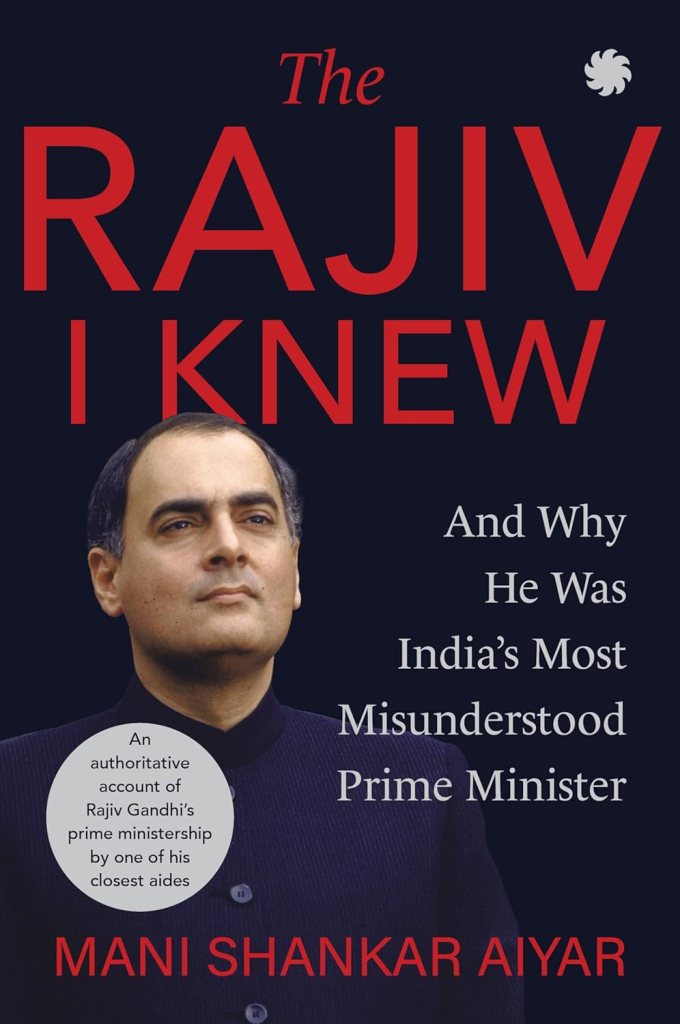
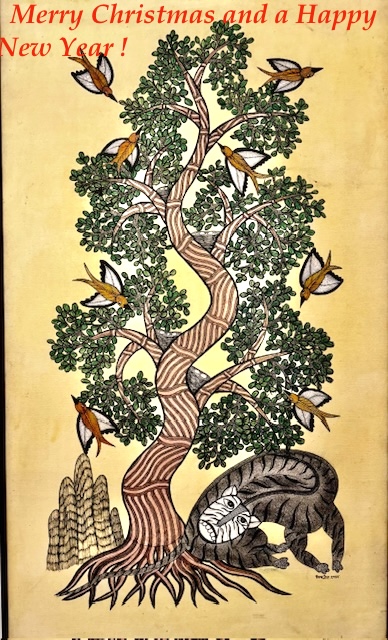
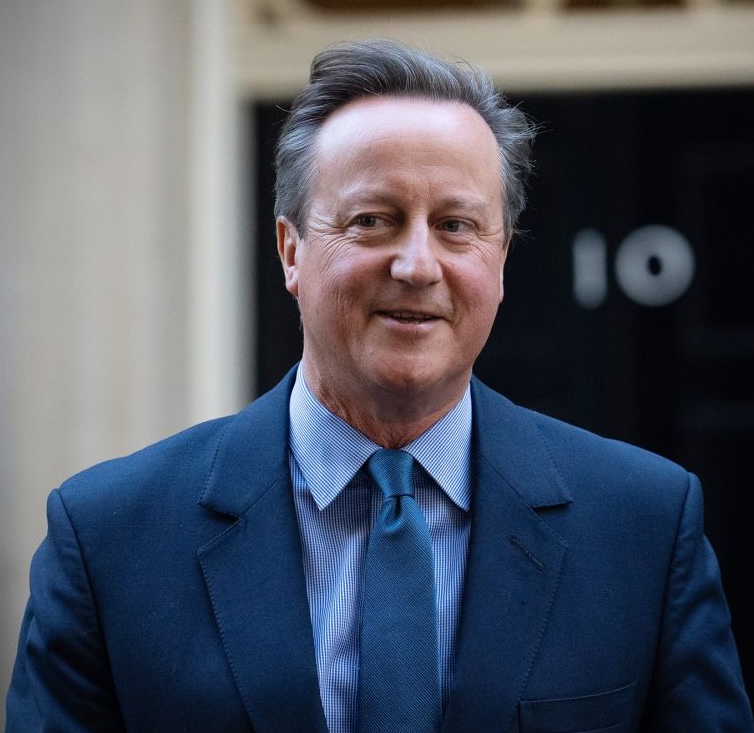
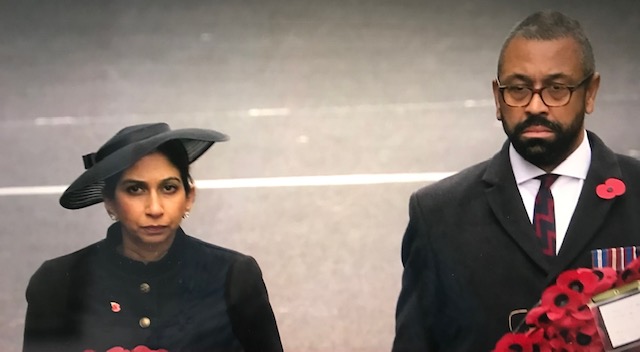





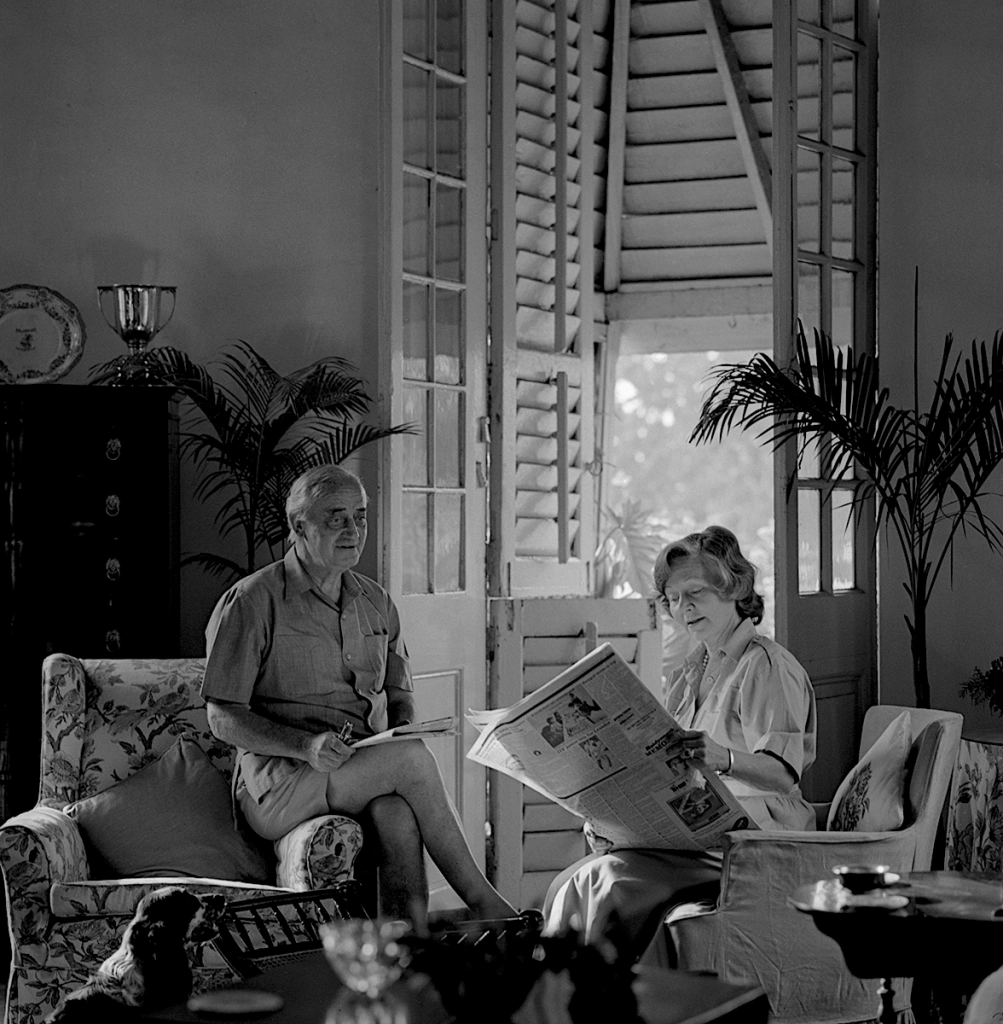


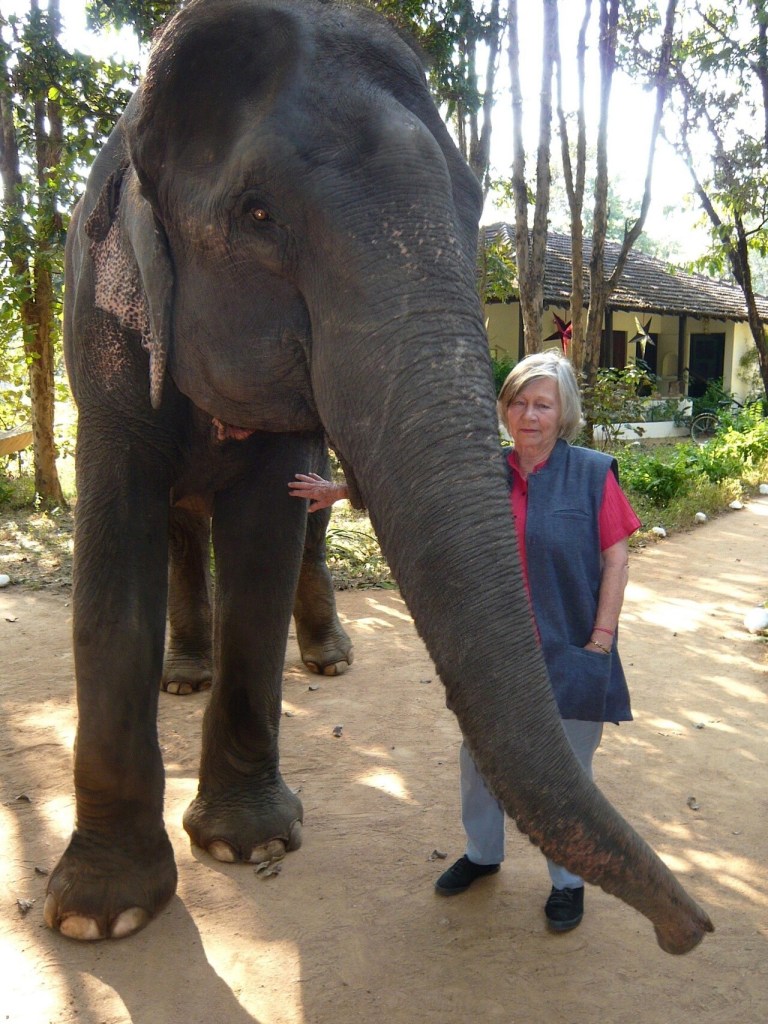
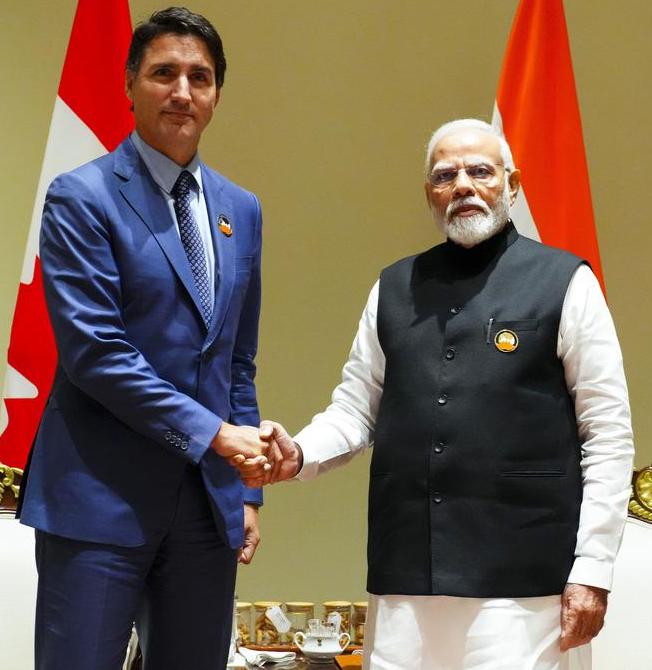
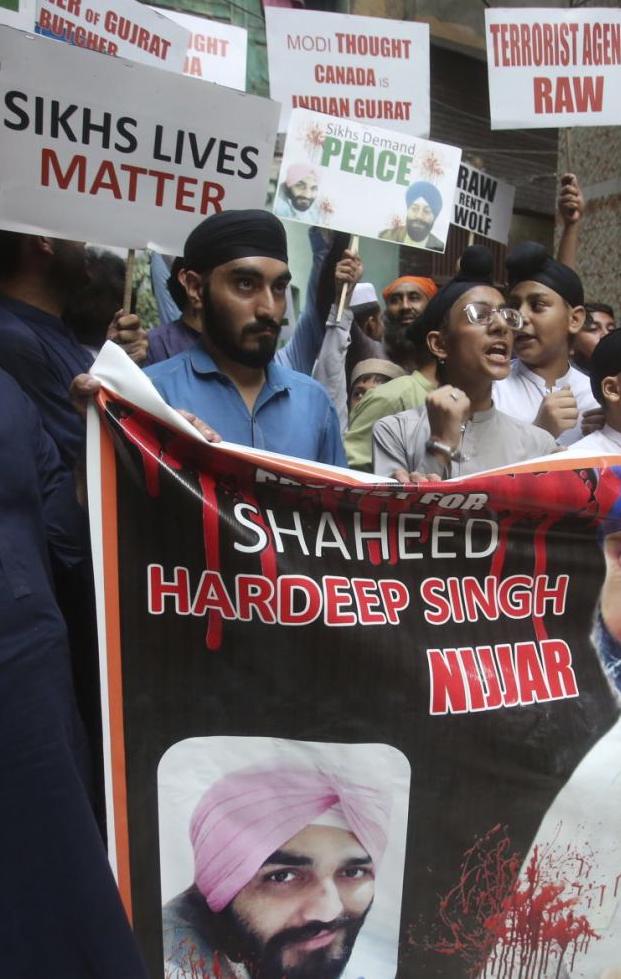
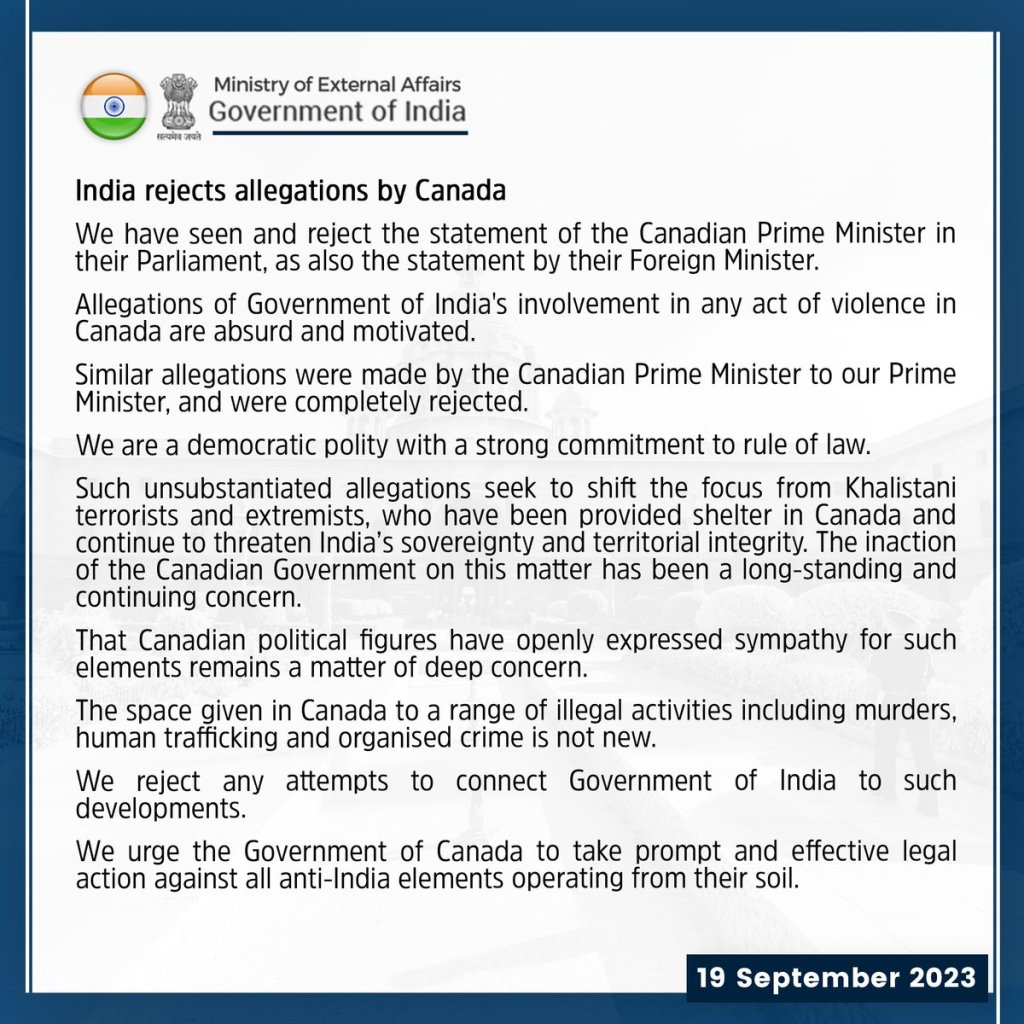
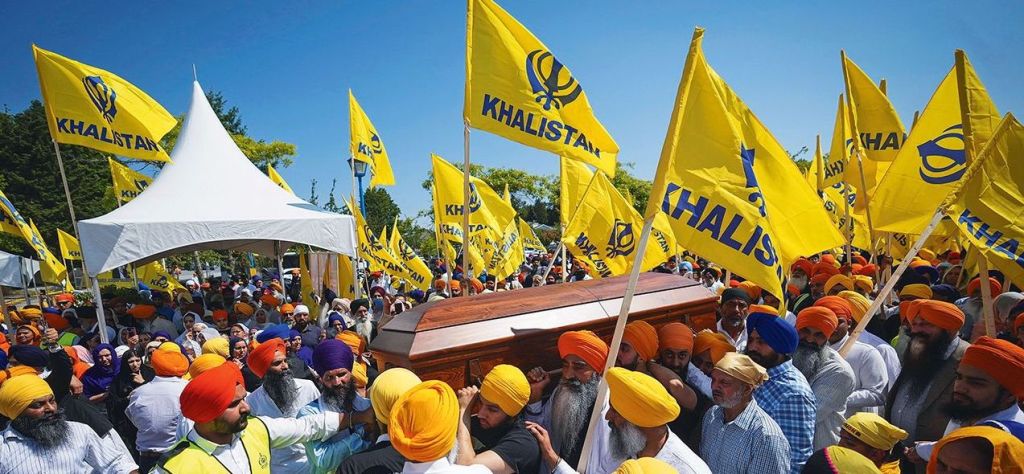
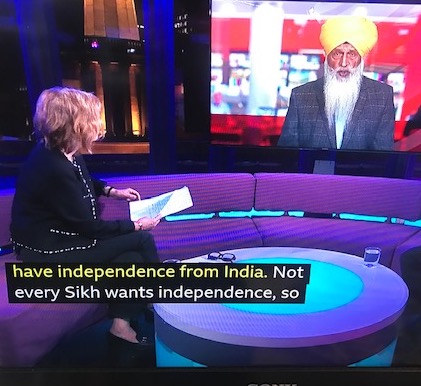
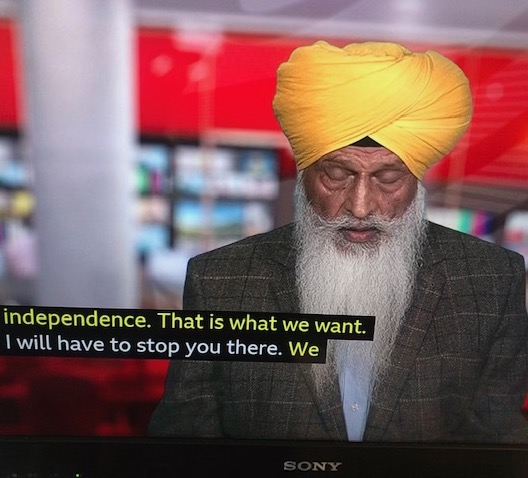
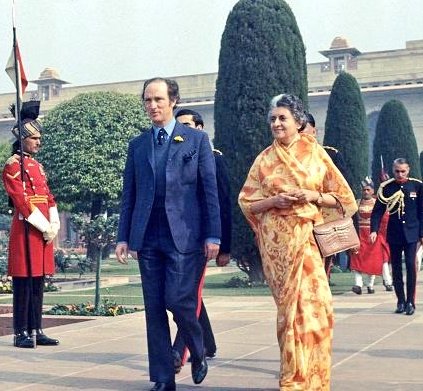
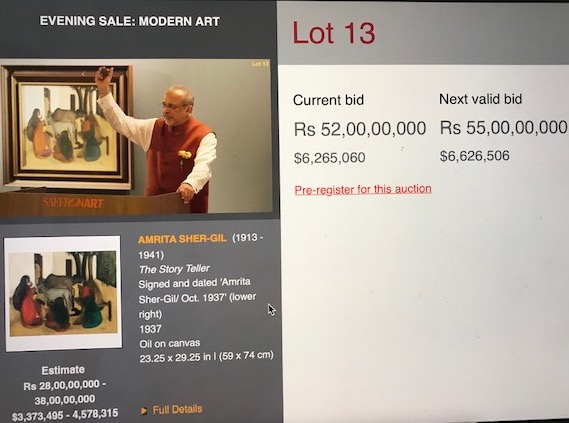
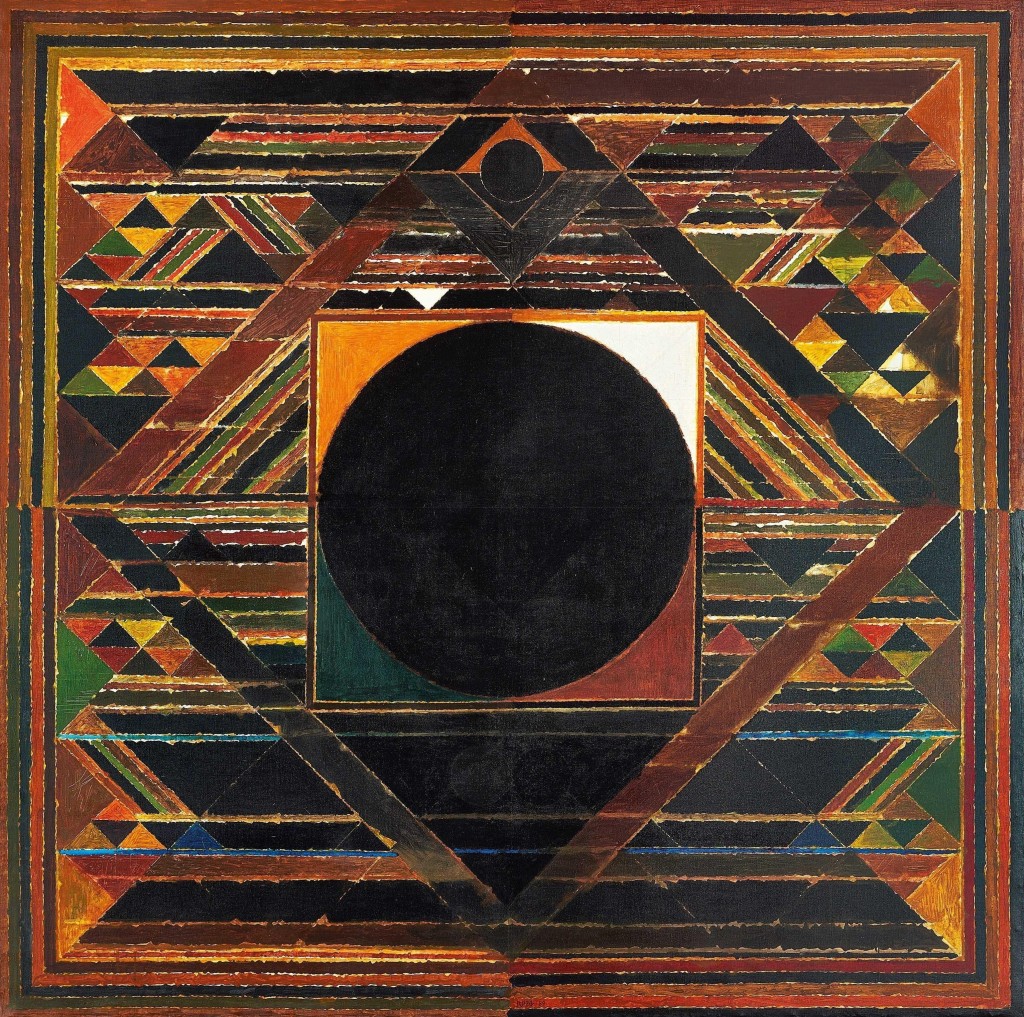
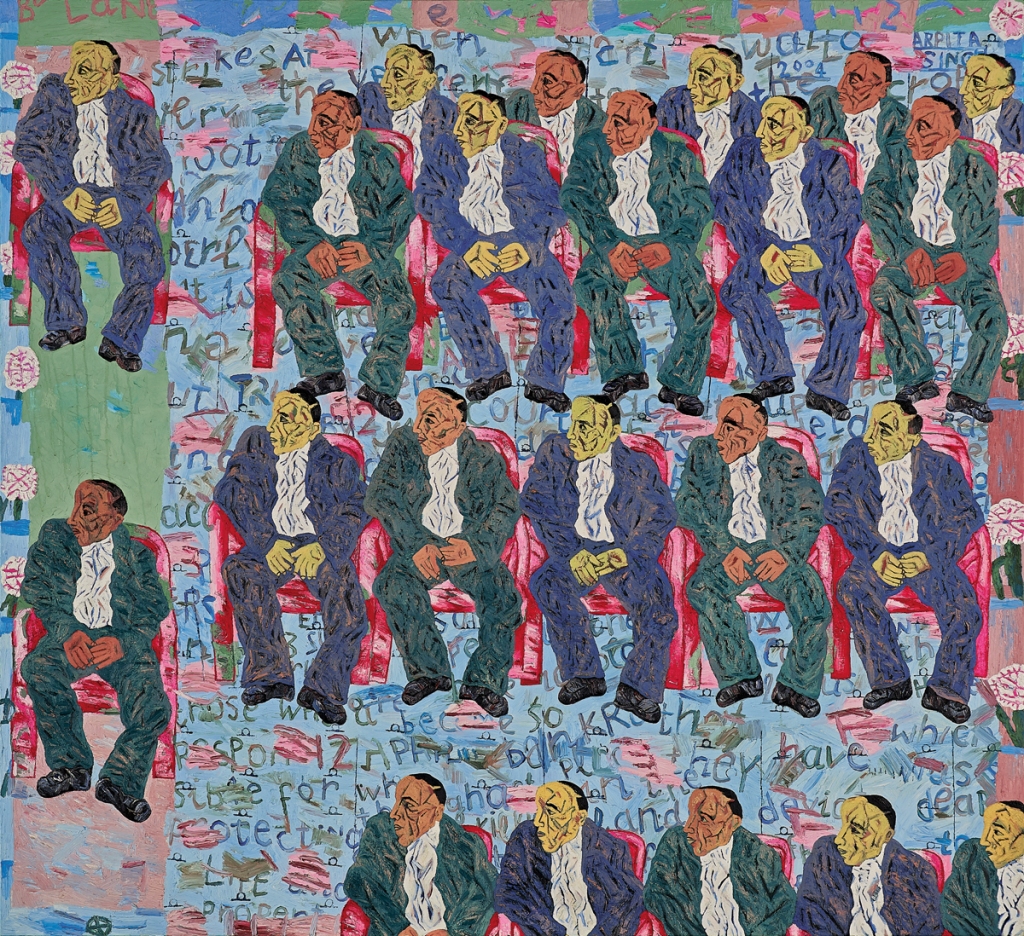



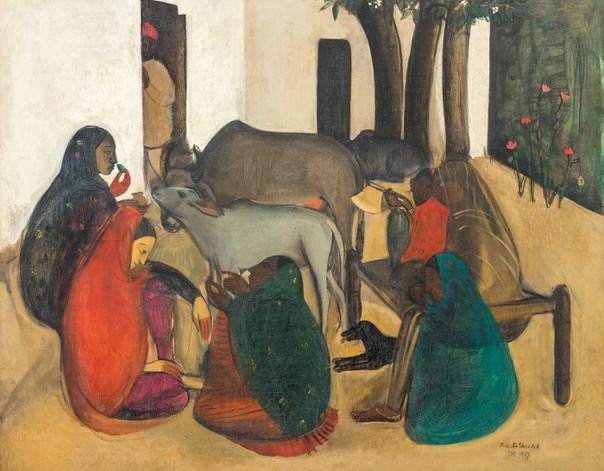
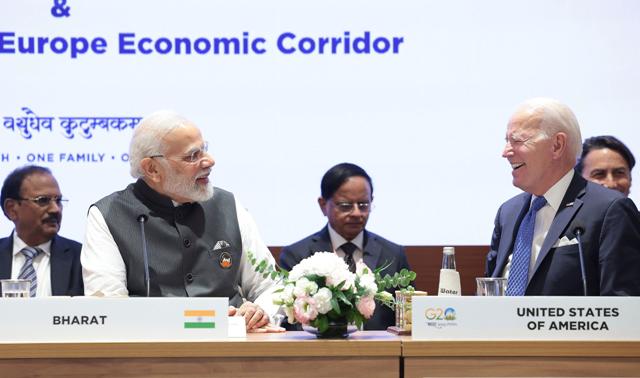
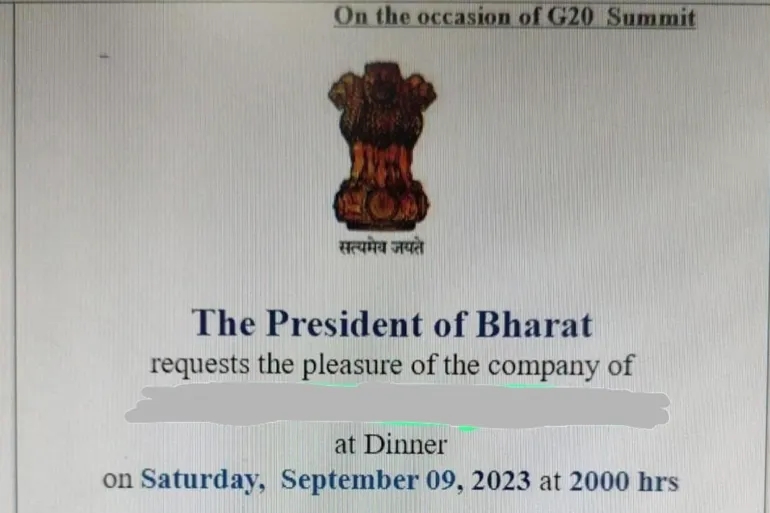



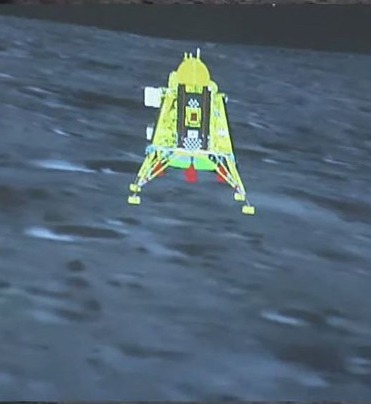
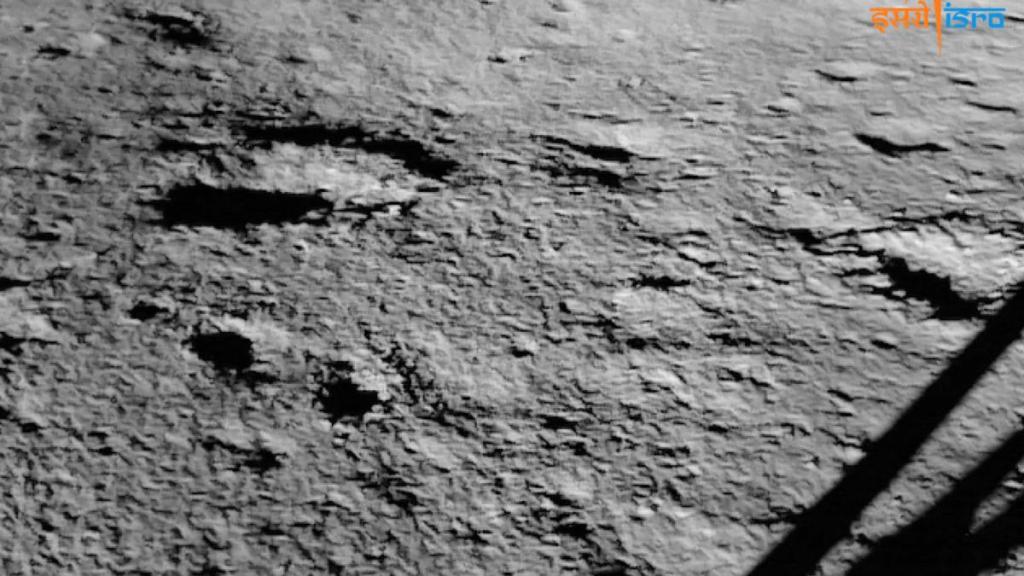
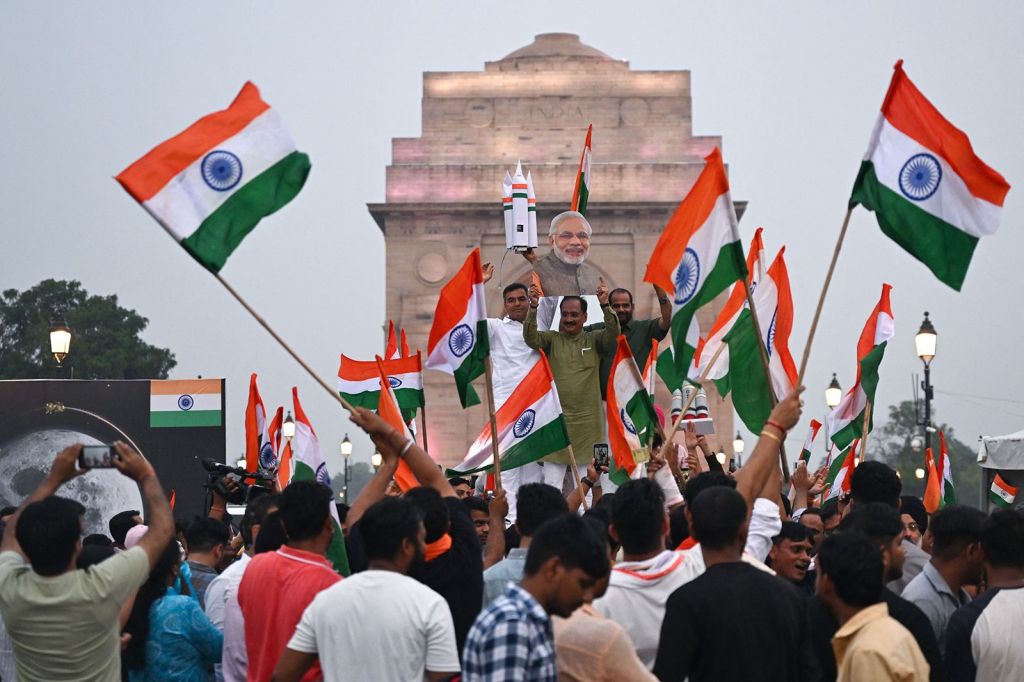
Recent Comments